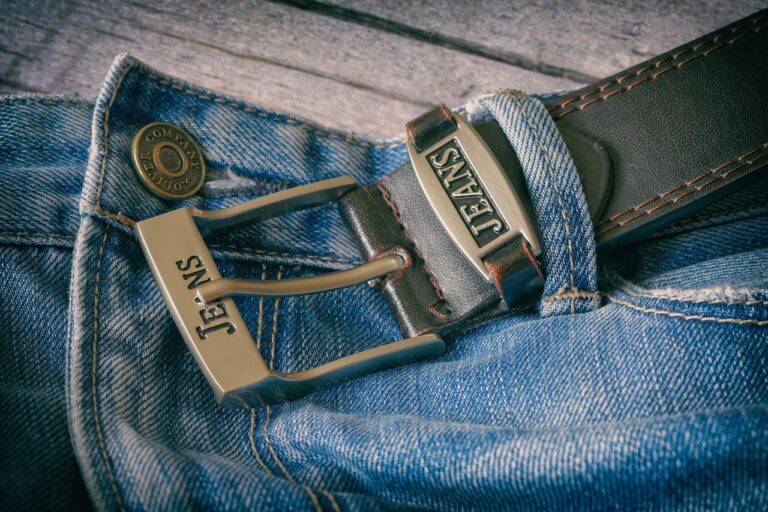Digital Decluttering: Organizing Your Online Life for Improved Focus
Digital clutter can have a significant impact on our productivity in a world where technology plays an integral role in our daily lives. The constant bombardment of notifications, the struggle to find important documents buried under a sea of files, and the feeling of overwhelm when trying to navigate through a disorganized digital space can all hinder our ability to focus and be efficient in our tasks. When our digital environment is cluttered, it can lead to increased stress, decreased concentration, and a sense of being constantly behind and overwhelmed.
By taking the time to declutter our digital spaces, we can create a more streamlined and efficient workflow that allows us to quickly access the information we need, prioritize tasks effectively, and maintain a clear and organized mindset. Digital decluttering not only frees up mental energy by reducing distractions and cognitive overload but also enables us to work more productively by eliminating the time wasted searching for files or sifting through cluttered email inboxes. In essence, decluttering our digital world is essential for optimizing our productivity and enhancing our overall well-being in today’s tech-driven society.
Assessing Your Digital Clutter: Identifying Problem Areas
Assessing your digital clutter is essential for optimizing your productivity and streamlining your workflow. Identifying problem areas within your digital storage can help you pinpoint areas that need attention and decluttering.
Begin by taking inventory of all your digital files and folders across devices. Look for duplicates, outdated documents, and irrelevant files that are taking up valuable space. Additionally, assess the organization of your files to see if there is a more efficient way to categorize and store them.
• Delete duplicate files to free up space and reduce confusion.
• Remove outdated documents that are no longer needed.
• Sort through irrelevant files and delete or archive them accordingly.
• Create a system for organizing your files in a way that makes it easy to locate and access them when needed.
Creating a System for Organizing Your Digital Files and Folders
Once you have identified the problem areas in your digital clutter, it is crucial to establish a systematic approach to organizing your files and folders effectively. Begin by creating main folders that reflect the broad categories of your digital assets. This could include folders for work projects, personal documents, photos, and any other relevant classifications that suit your needs.
Within each main folder, further subdivide the content into more specific subfolders to facilitate easy access and navigation. Develop a consistent naming convention for your files that is clear, concise, and descriptive to help you quickly locate what you need. Additionally, consider implementing a regular schedule for reviewing and tidying up your digital files to ensure your system remains organized and efficient in the long run.
Why is digital decluttering important for productivity?
Digital decluttering is important for productivity because it helps you quickly find the files you need, reduces distractions, and improves overall organization.
How can I assess my digital clutter and identify problem areas?
To assess your digital clutter, start by going through your files and folders to see what can be deleted or organized better. Look for duplicate files, outdated documents, and disorganized folders.
What are some tips for creating a system for organizing digital files and folders?
Some tips for creating a system for organizing digital files and folders include creating a consistent naming convention, grouping related files into folders, and regularly purging unnecessary files.
How often should I declutter my digital files and folders?
It is recommended to declutter your digital files and folders on a regular basis, such as once a month or whenever you notice your digital clutter starting to build up.







